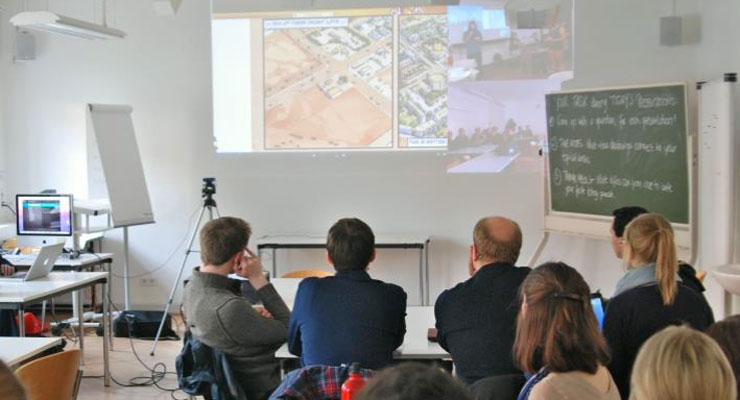Assessing students’ work is a common activity in the life of any instructor, and depending on the number of students and type of assignment, can be a long and tedious process. Even after sharing grades…
Tag: online-hybrid
“Synchronous video interaction can make learning more personal by providing a close approximation of the human, one-on-one experience…” (Educause, 2013) One of the most exciting aspects of video conferencing technology is the ability to conduct…
While being an expert in your content area is an important requirement for teaching online, an equally important qualification is tech literacy. In the online environment, technology is the critical component to delivering your course.…
Although most educators now recognize that the instructional paradigm has transitioned from an instructor-centered model featuring lecture as the primary means of delivering content, to a more student-center model featuring active learning to promote increased…
Christina Carrasquilla, a lecturer for ASU’s Graphic Information Technology Program, presents the hows and whys of using Google+ Hangouts in her courses. She discusses how video chats enhance student engagement, promote social interaction, encourage course…
What is an e-Portfolio? According to the e-Portfolio project at Regis University, “A portfolio is a collection of work developed across varied contexts over time. The portfolio can advance learning by providing students and/or faculty…
Design Thinking Can Make You a Better Teacher! Getting Started Design Thinking is a mindset grounded in believing that you can make a difference and using an intentional process in order to get to new,…
A hybrid course is much more than just an online course with a face-to-face class session thrown in for good measure. It involves asking, “What is the best way for students to interact with course…
Professor Marilyn Dantico talks about her experiences incorporating games in her required upper division research methods course.
Professors utilize social media in four critical ways: to connect, to notify, to teach, and to curate. At the University of Delaware, Professor Christine Cucciarre uses Twitter for a class assignment in which students are…













